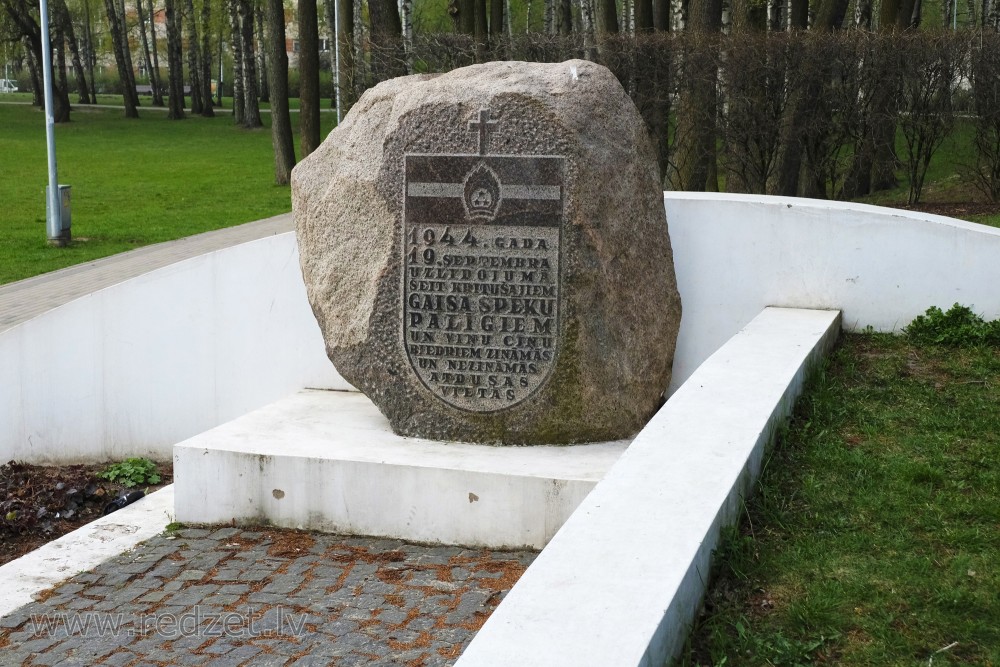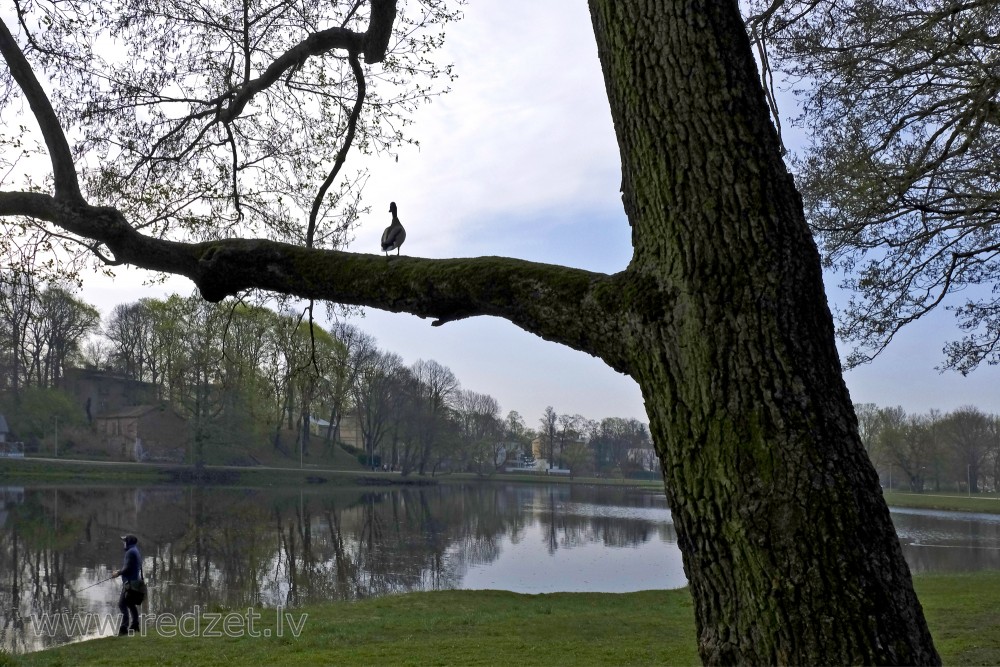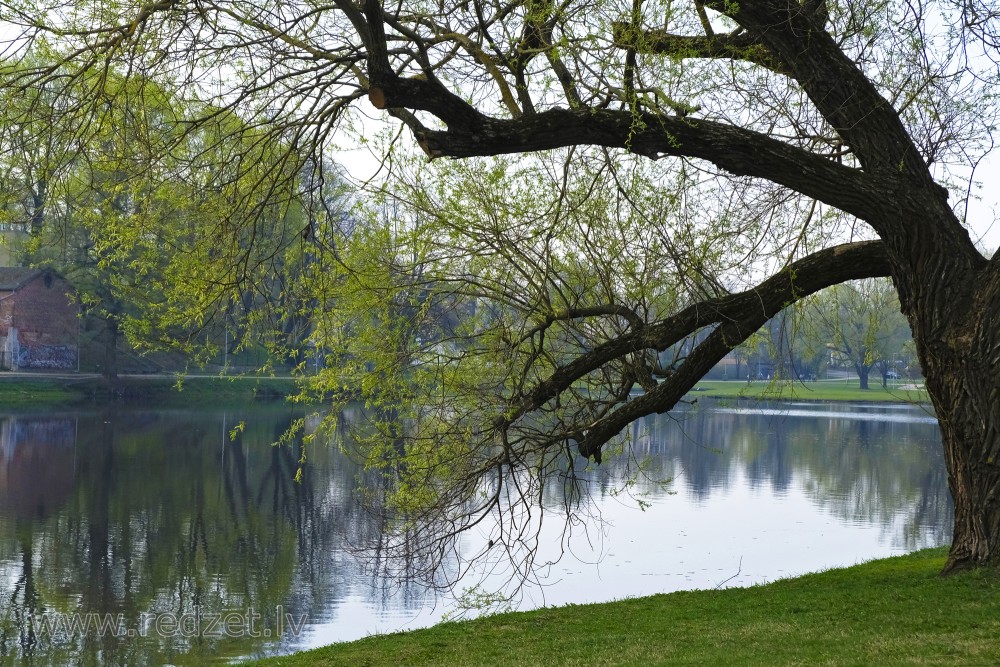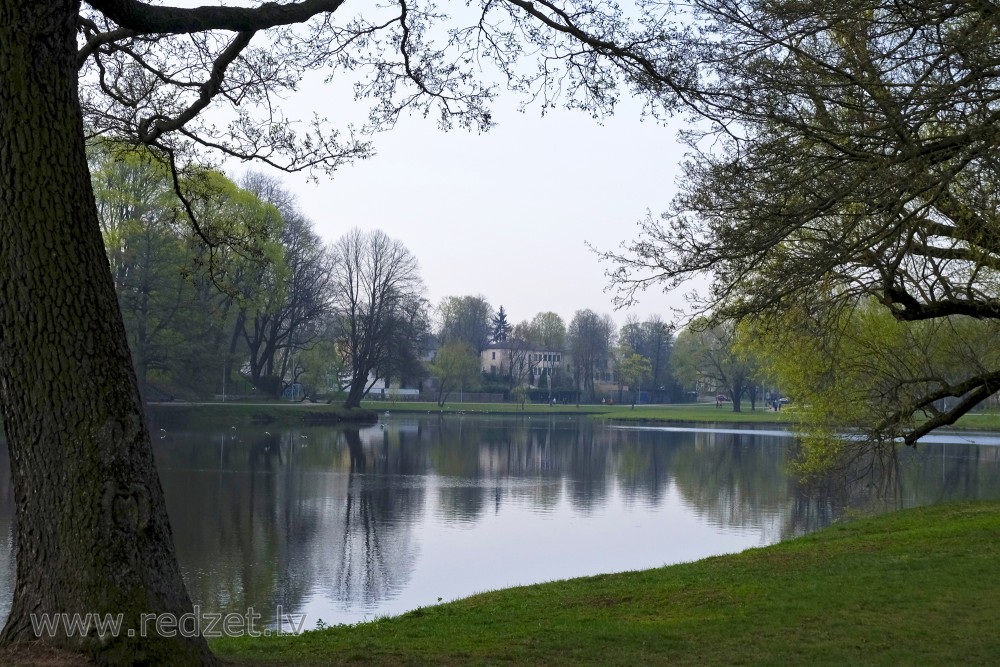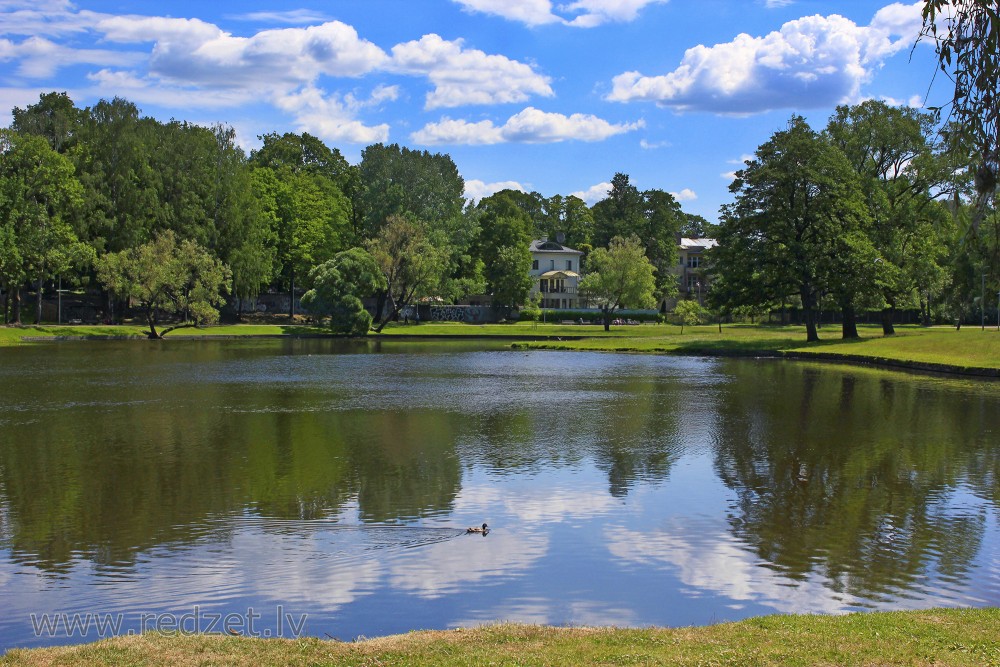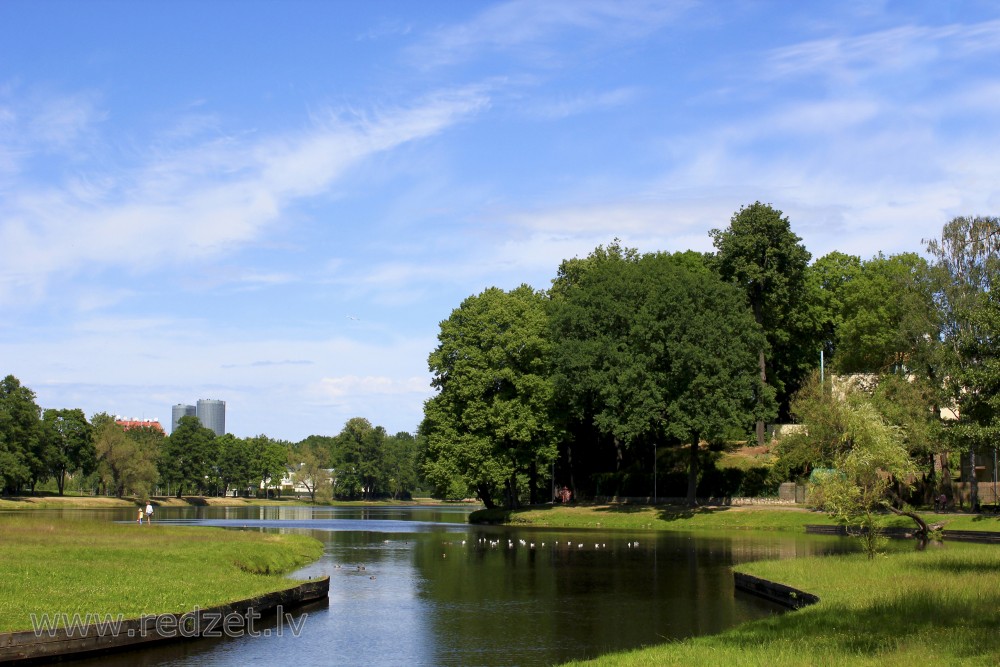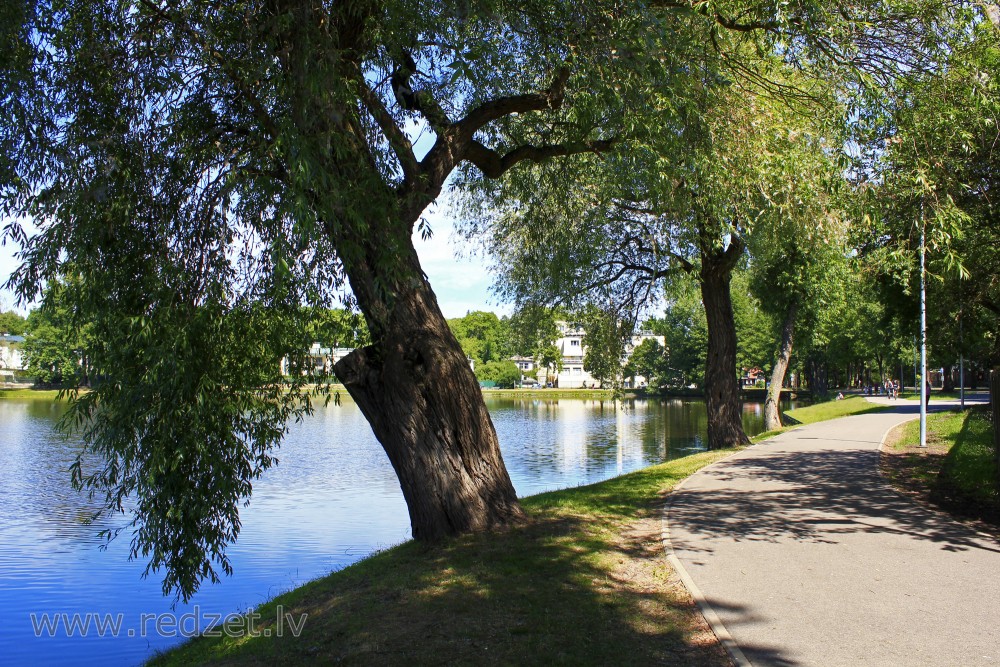Mara pond
The Mara's pond (Māras dīķis) has a history going back to the Middle Ages, when the German Order of the Brothers of the Sword led a crusade into the Baltic regions, seeking to conquer and convert the indigenous peoples. In 1209, eight years after the founding of Riga, a mill was constructed on the Marupite, forming this pond. In the late 15th century, the church-owned mill was transferred to the Riga municipal authorities.
Between 1621 and 1626, Poland-Lithuania and Sweden fought a war over Livonia with the front line stalled at Maras dikis pond. Although Poland won the war, seizing a sizable chunk of present-day Latvia, Riga remained under Swedish control. The battle at the old mill inspired the historical novel “Three Devil’s Servants” by Rutku Tevs.
The mill defended Riga again in 1651 when Russian forces tried to capture the city. To slow their advance, the Swedes opened the mill’s sluices, flooding the plains on the Daugava’s left bank. In 1703, they were not as fortunate. The Russians burned the mill and soon captured the entire eastern Baltic coast for their expanding empire. Following the Russian victory in the Great Northern War, the mill was rebuilt and worked for another two centuries. A map from 1791 and another from 1905 from the site neogeo.lv show the location of Maras dikis pond and the growth of the city around it. The first map is in German, the language of the Baltic German nobles, while the second is in Russian. As the First World War approached, the Russian government insisted on using the tsar’s language in official documents, rather than that of a potential enemy.
hiddenwatersblog.wordpress.com
